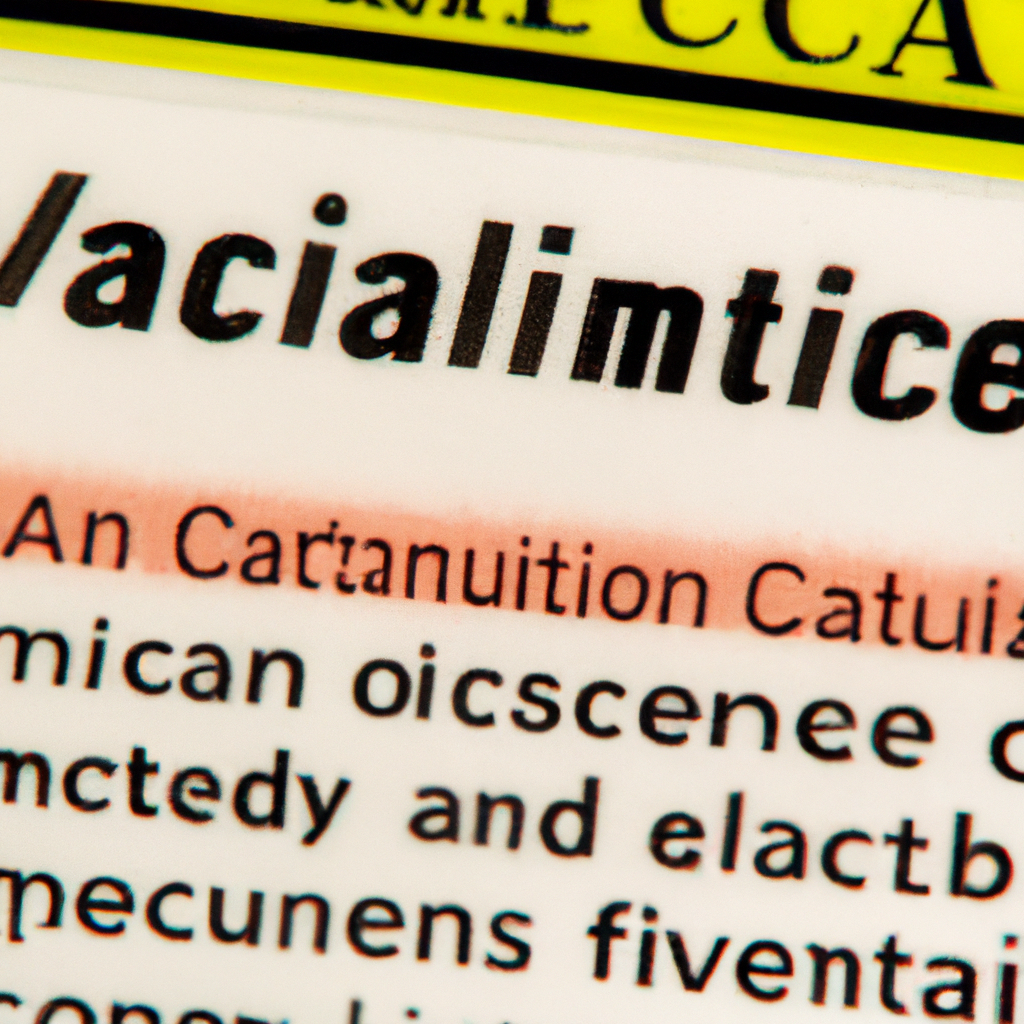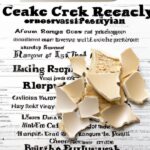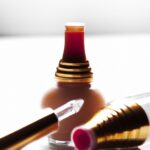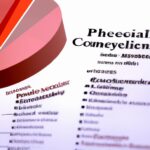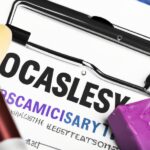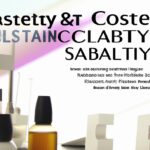Welcome to the world of luxury cosmetics production, a place that requires precision and adherence to strict guidelines to ensure consumers’ safety, efficacy, and satisfaction with the products. When it comes to creating or investing in items that are of the highest quality, an important part of the process is validating cosmetic claims.
From evaluating formulas to considering the safety of ingredients and process, luxury cosmetics producers are tasked with adhering to tight regulations and validating the claims made about their products – both before and during production.
This type of validation, while essential to the success of cosmetics companies, can be difficult, complex, and time-consuming, but understanding the basics and following through on a few key steps can help you confidently validate claims to ensure that your products are maintained at the highest quality.
What Validation of Cosmetic Claims Entails
Validation of cosmetic claims requires an assessment of the product or formula to ensure that it is meeting the company’s own internal standards as well as any applicable health and safety regulations required. This entails a critical review of the claims made, data on how long the product will last on the shelf, testing the formula to make sure it is stable, and evaluating the ingredients used to create the product.
Failing to meet regulations or even the company’s own standards can be costly and time-consuming. Therefore, undertaking appropriate levels of validation and testing of products is a cornerstone of luxury cosmetics production.
Evaluating Product Formulas
One of the key ways to validate cosmetic claims is to evaluate product formulas on an ongoing basis. This means regularly testing the product to make sure that it is meeting the advertised claims, such as strength, consistency, durability, fineness of texture, and any other characteristics listed in the product description. Also, it is important to ensure that no new ingredients that could potentially cause irritation, or other unknown factors, have been added to the formula during production.
If the manufacturer intends to use a patented or proprietary ingredient, it is essential to make sure that the appropriate legal permission has been granted prior to production.
Testing for Ingredient Safety
Another key task for luxury cosmetics companies is to research and test the safety of any ingredients used in production. This not only helps ensure that the product meets local regulatory requirements, but also that it adheres to international safety standards.
To do this, research should be conducted into the safety of any ingredient listed in the product formula. It is also essential that any claims made about ingredients are validated and supported by research. Companies should have procedures in place to prevent any ingredients that have not been tested and approved from entering the production process.
Certifications and Regulations
All luxury cosmetics companies should also be aware of any applicable regulations and certified standards applicable to the production of cosmetics. Common certifications such as Natural Organic Certification (COSMOS), Green Seal, and ECOCERT provide quality assurance where the manufacturer is subjected to regular testing and product reviews. Adhering to these regulations can make a huge difference to consumer perception and trust in a product, as well as ensure the highest levels of production quality.
Products produced with organic methods also require certification to ensure that the processes involved are non-penalizing and 100% compliant with certain green principles. Here, manufacturers should ensure that their products adhere to the Feed and Drug Administration’s rules and regulations, as well as any other applicable bodies or standards.
Validation During Production
Validation of cosmetic claims should also take place during the production cycle. Checking that processing parameters and quality levels remain consistent is important, as any unexpected deviations could have serious effects on the overall quality of the product.
In addition, it is essential that all claims are accurate. Incorrect documentation or labeling can be risky, as customers may make decisions based on false claims. As such, it is important to double-check that all labels, safety data sheets, product descriptions and other necessary information is correct and in compliance with any applicable regulation.
FAQs
What is the importance of validating cosmetic claims?
Validating cosmetic claims is an essential part of luxury cosmetics production. It helps ensure that products are of the highest quality and that the claims made about them are accurate and adhere to regulatory standards.
Which certifications should luxury cosmetics companies be aware of?
Luxury cosmetics companies should be aware of certifications such as Natural Organic Certification (COSMOS), Green Seal, and ECOCERT, all of which provide quality assurance and require regular product testing.
What steps should be taken to validate claims during the production process?
To validate claims during the production process, companies should regularly test the product to ensure it is meeting the advertised claims, research and test any ingredients used in the product formula, double-check the labeling and safety data sheets are accurate, and adhere to all applicable regulations and certified standards.
Advanced Techniques for Cosmetic Claim Validation
In the fast-paced world of luxury cosmetics, it is critical to not only meet but surpass customer expectations and industry standards. In addition to traditional methods, embracing advanced techniques for cosmetic claim validation can contribute significantly to maintaining top-notch quality and credibility in the market.
In Vitro and In Vivo Testing
Two significant advanced techniques widely used for validation of cosmetics include in vitro and in vivo testing. These tests serve as the backbone of the safety and efficacy claims in the cosmetic industry.
In vitro testing involves testing the products or ingredients in a controlled environment outside a living organism, such as in a test tube or petri dish. It helps identify potential irritation or toxicity, enabling manufacturers to develop safer products.
In vivo testing, on the other hand, involves testing the products on living organisms, generally animals or humans, to confirm the product’s safety and effectiveness.
• In vitro and in vivo tests help determine:
– Irritation or sensitization potential
– Phototoxicity and photoallergy potential
– Efficacy of active ingredients
– Compatibility with skin and eyes
User Trials and Expert Assessments
The importance of user trials and expert assessments cannot be overstated. These methods bring invaluable real-world insight into product performance.
User trials involve giving the product to a group of selected individuals who match the target consumer profile. They use the product over a certain period and provide feedback on their experiences.
Expert assessments are evaluations carried out by industry professionals with extensive knowledge and experience. They assess the product against set parameters and provide a detailed report.
AI and Machine Learning in Cosmetic Claims Validation
The advent of technology, particularly Artificial Intelligence (AI) and Machine Learning (ML), has greatly impacted cosmetic claim validation. These technologies are being integrated into the validation process for better analysis of test data and prediction of potential issues, enhancing product safety and efficacy.
AI can also help in the early identification of trends and shifts in consumer preferences, enabling companies to adapt their product lines and marketing strategies more effectively.
AI and ML can contribute to:
– Enhanced data analysis
– Improved product testing
– Early identification of market trends
– Efficient validation process
Claim Substantiation through Clinical Trials
Clinical trials are the golden standard for claim substantiation. These trials are conducted on human volunteers under controlled conditions, validating safety and efficacy claims before a product is released in the market. Clinical trials add an additional layer of assurance for the consumers and fortify the product’s position in the market.
Advanced Techniques for Cosmetic Claim Validation
In the fast-paced world of luxury cosmetics, it is critical to not only meet but surpass customer expectations and industry standards. In addition to traditional methods, embracing advanced techniques for cosmetic claim validation can contribute significantly to maintaining top-notch quality and credibility in the market.
In Vitro and In Vivo Testing
Two significant advanced techniques widely used for validation of cosmetics include in vitro and in vivo testing. These tests serve as the backbone of the safety and efficacy claims in the cosmetic industry.
In vitro testing involves testing the products or ingredients in a controlled environment outside a living organism, such as in a test tube or petri dish. It helps identify potential irritation or toxicity, enabling manufacturers to develop safer products.
In vivo testing, on the other hand, involves testing the products on living organisms, generally animals or humans, to confirm the product’s safety and effectiveness.
– In vitro and in vivo tests help determine:
– Irritation or sensitization potential
– Phototoxicity and photoallergy potential
– Efficacy of active ingredients
– Compatibility with skin and eyes
User Trials and Expert Assessments
The importance of user trials and expert assessments cannot be overstated. These methods bring invaluable real-world insight into product performance.
User trials involve giving the product to a group of selected individuals who match the target consumer profile. They use the product over a certain period and provide feedback on their experiences.
Expert assessments are evaluations carried out by industry professionals with extensive knowledge and experience. They assess the product against set parameters and provide a detailed report.
AI and Machine Learning in Cosmetic Claims Validation
The advent of technology, particularly Artificial Intelligence (AI) and Machine Learning (ML), has greatly impacted cosmetic claim validation. These technologies are being integrated into the validation process for better analysis of test data and prediction of potential issues, enhancing product safety and efficacy.
AI can also help in the early identification of trends and shifts in consumer preferences, enabling companies to adapt their product lines and marketing strategies more effectively.
AI and ML can contribute to:
– Enhanced data analysis
– Improved product testing
– Early identification of market trends
– Efficient validation process
Claim Substantiation through Clinical Trials
Clinical trials are the golden standard for claim substantiation. These trials are conducted on human volunteers under controlled conditions, validating safety and efficacy claims before a product is released in the market. Clinical trials add an additional layer of assurance for the consumers and fortify the product’s position in the market.
By embracing advanced techniques such as in vitro and in vivo testing, conducting user trials and expert assessments, harnessing the power of AI and ML, and substantiating claims through clinical trials, luxury cosmetics companies can ensure that their products are not only compliant with regulations but also deliver on the promised claims.
Remember, cosmetic claim validation is an ongoing process, and staying up-to-date with the latest advancements in the field is crucial for success in the competitive cosmetics industry. By continuously improving validation processes and incorporating innovative techniques, luxury cosmetics companies can create products that meet and exceed consumer expectations, resulting in higher customer satisfaction and trust.

